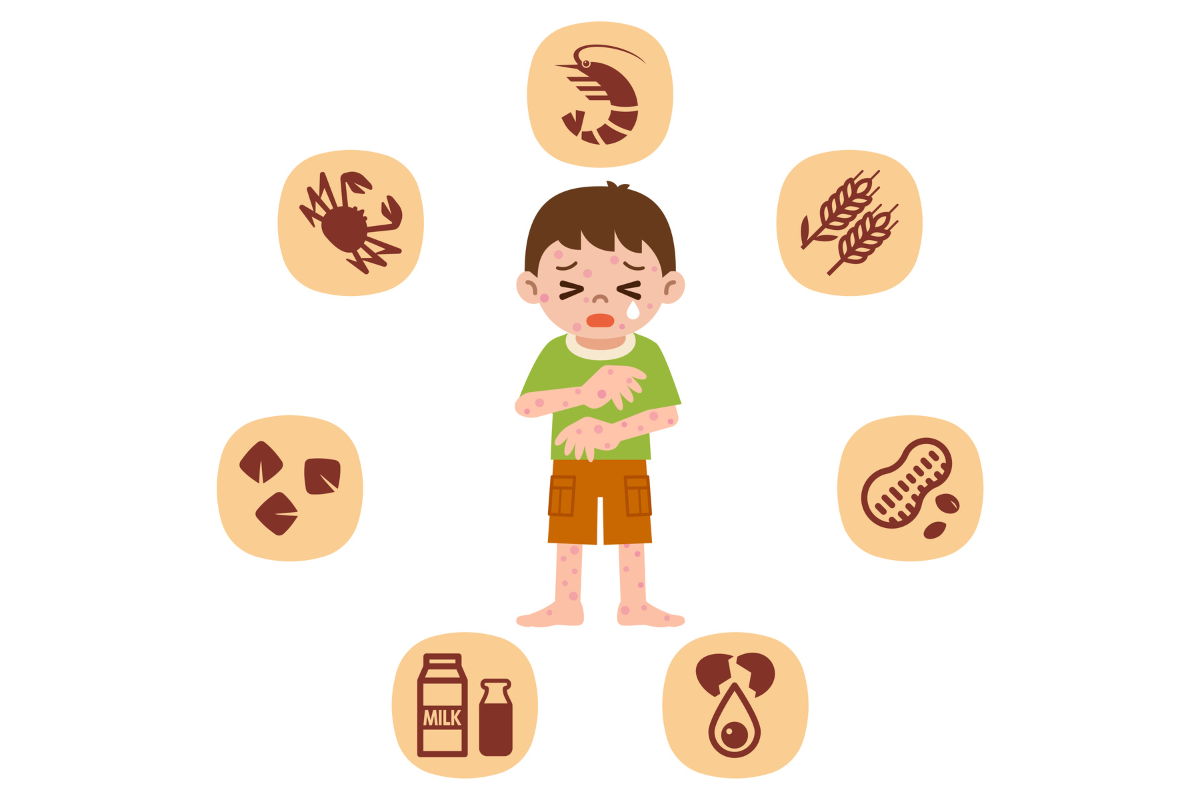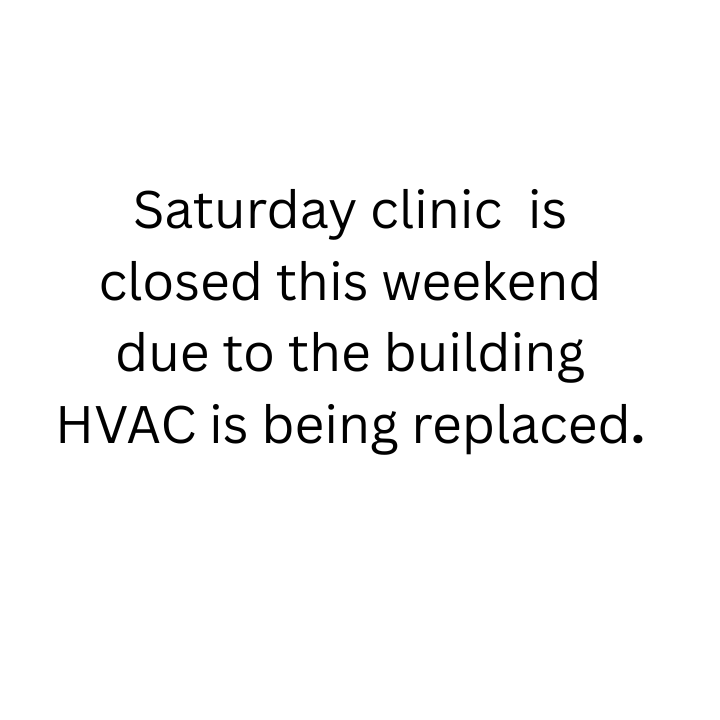Food allergies in children are on the rise, and for many families, they are a serious daily concern. From identifying symptoms to creating a treatment plan, this guide will help you navigate everything you need to know about managing food allergies.
At Bootin and Savrick Pediatric Associates in Houston, TX, we have experience treating allergies in children. If you think your child may be affected, we encourage you to contact our team for a full evaluation and support.

A food allergy in children happens when the child’s immune system mistakenly identifies a specific food protein as harmful. Unlike a food intolerance, which may cause discomfort but not trigger the immune system, a food allergy can lead to dangerous and potentially life-threatening symptoms.
When a food allergy occurs, the child’s immune system decides that a certain food is a threat and produces antibodies to fight it. This triggers an allergic reaction. Food allergies mean the immune system is actively engaged every time that allergen is consumed.
Most food allergies in children are caused by a few specific items. These include:
Children with a confirmed peanut allergy or those who are highly allergic may experience a severe allergic reaction even from trace amounts of allergens. These reactions can be triggered by shared cooking tools or the same serving utensils used for other foods.
Visit our asthma and allergies page to learn more about how we treat allergies in children and support families through these challenges.
There is no single answer, but a few factors are known to increase risk:
Interestingly, giving your baby eggs early and other potentially allergenic foods into a baby’s diet (around 4–6 months old) may help prevent food allergy. However, parents should do this only under the guidance of a pediatric provider.
Symptoms of a child’s food allergy can range from mild to severe. They typically occur soon after eating the allergen, but can sometimes be delayed.
Mild Symptoms may include:
Severe Symptoms may include:
Severe allergic reactions are a medical emergency. Always carry an epinephrine auto-injector if your child is at risk of food allergy anaphylaxis.
Diagnosing food allergies involves more than just observing reactions. A healthcare provider may recommend:
These tests help determine if a food allergy is present and whether a food allergy treatment plan is needed. Your provider may also discuss follow-up testing to monitor progress or rule out other food allergies.
Once a food allergy is diagnosed, the main goal is to avoid the trigger and prevent severe reactions.
Key steps include:
In case of exposure, treating an allergic reaction promptly with epinephrine can save lives. While there is no cure yet, oral immunotherapy may be an option for some children. Treatment is typically done in cooperation with an allergy healthcare provider. In addition, some children may be candidates for desensitization therapy.
Living with food allergies doesn’t mean your child can’t thrive. Here’s how you can help:
You may also need to monitor your child’s reactions to other foods over time. Many kids who are allergic to one food may have or develop other allergic reactions.
Don’t let your child eat fried foods, as they may be cooked in oils that contain allergens.
Food allergies can be stressful, but with the right support, your child can live a healthy and full life. At Bootin and Savrick Pediatric Associates, we have experience in working with families to create tailored allergy care plans and administer allergy testing.
Contact one of our offices in Greater Houston today to begin a plan that works for your family.
Medically reviewed by Dr. Patti Savrick
